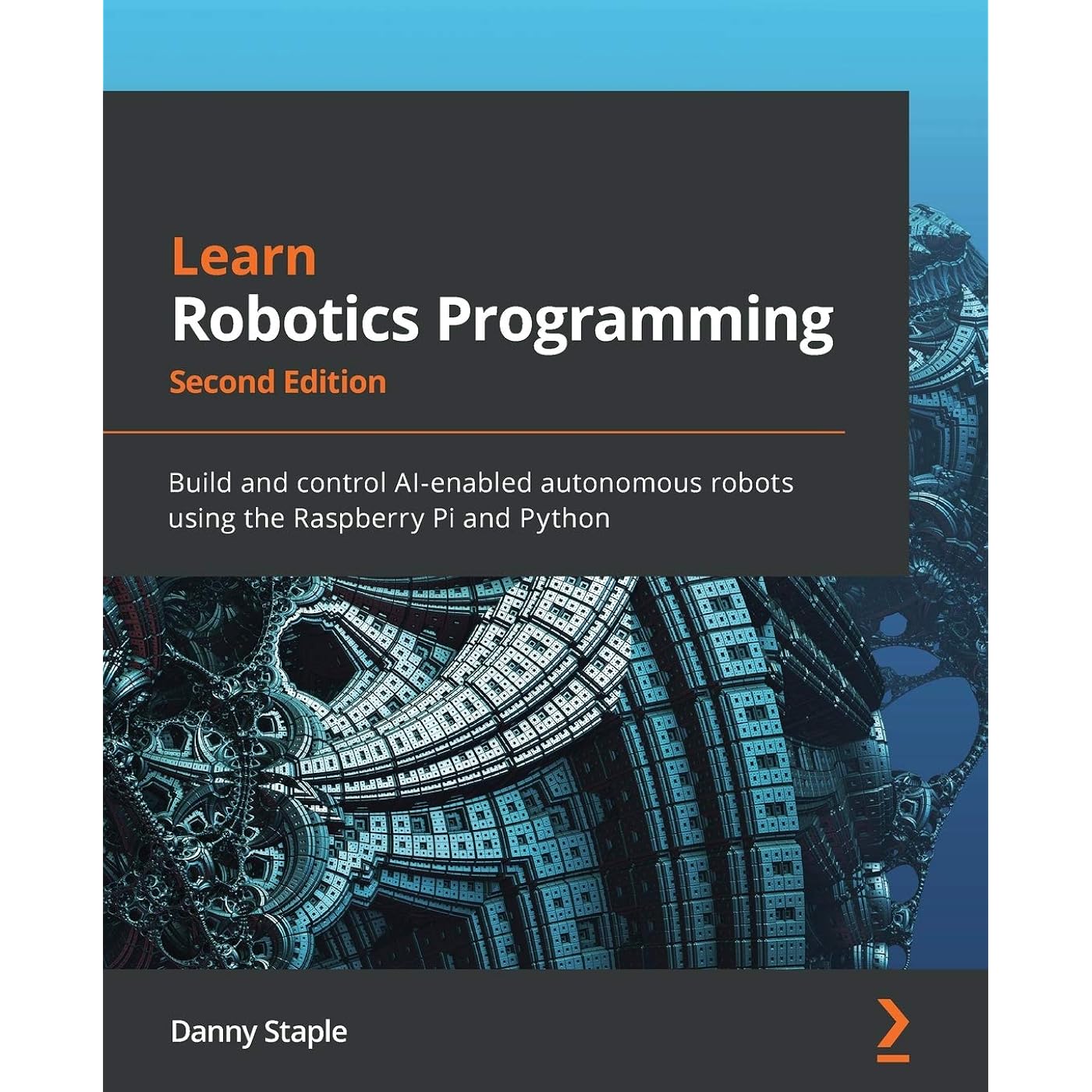

Ready to go? Add this product to your cart and select a plan during checkout. Payment plans are offered through our trusted finance partners Klarna, PayTomorrow, Affirm, Afterpay, Apple Pay, and PayPal. No-credit-needed leasing options through Acima may also be available at checkout.
Learn more about financing & leasing here.
This item is eligible for return within 30 days of receipt
To qualify for a full refund, items must be returned in their original, unused condition. If an item is returned in a used, damaged, or materially different state, you may be granted a partial refund.
To initiate a return, please visit our Returns Center.
View our full returns policy here.
Format: Paperback
Description
Develop an extendable smart robot capable of performing a complex series of actions with Python and Raspberry PiKey FeaturesGet up to speed with the fundamentals of robotic programming and build intelligent robotsLearn how to program a voice agent to control and interact with your robot's behaviorEnable your robot to see its environment and avoid barriers using sensorsBook DescriptionWe live in an age where the most complex or repetitive tasks are automated. Smart robots have the potential to revolutionize how we perform all kinds of tasks with high accuracy and efficiency. With this second edition of Learn Robotics Programming, you'll see how a combination of the Raspberry Pi and Python can be a great starting point for robot programming.The book starts by introducing you to the basic structure of a robot and shows you how to design, build, and program it. As you make your way through the book, you'll add different outputs and sensors, learn robot building skills, and write code to add autonomous behavior using sensors and a camera. You'll also be able to upgrade your robot with Wi-Fi connectivity to control it using a smartphone. Finally, you'll understand how you can apply the skills that you've learned to visualize, lay out, build, and code your future robot building projects.By the end of this book, you'll have built an interesting robot that can perform basic artificial intelligence operations and be well versed in programming robots and creating complex robotics projects using what you've learned.What you will learnLeverage the features of the Raspberry Pi OSDiscover how to configure a Raspberry Pi to build an AI-enabled robotInterface motors and sensors with a Raspberry PiCode your robot to develop engaging and intelligent robot behaviorExplore AI behavior such as speech recognition and visual processingFind out how you can control AI robots with a mobile phone over Wi- FiUnderstand how to choose the right parts and assemble your robotWho this book is forThis second edition of Learn Robotics Programming is for programmers, developers, and robotics enthusiasts who want to develop a fully functional robot and leverage AI to build interactive robots. Basic knowledge of the Python programming language will help you understand the concepts covered in this robot programming book more effectively.Table of ContentsIntroduction to RoboticsExploring Robot Building Blocks - Code and ElectronicsIntroducing the Raspberry Pi - Starting with RaspbianPreparing a Raspberry Pi for a Robot - Headless by DefaultProtecting Robot Code with Git and SD Card CopiesBuilding Robot Basics - Wheels, Power, and WiringMoving Motors with PythonProgramming Distance Sensors with PythonProgramming RGB Strips in PythonUsing Python to Control Servo MotorsProgramming Encoders with PythonIMU Programming with PythonRobot Vision - Using a Pi Camera and OpenCVLine Following With A Camera with PythonVoice Communication with a Robot Using MycroftDiving Deeper with the IMUControlling the Robot With A Phone and PythonTaking Your Robot Programming Skills FurtherPlanning Your Next Robot Project - Putting It All Together Read more
Publisher : Packt Publishing; 2nd ed. edition (February 12, 2021)
Language : English
Paperback : 602 pages
ISBN-10 : 1839218800
ISBN-13 : 04
Item Weight : 2.25 pounds
Dimensions : 7.5 x 1.36 x 9.25 inches
Best Sellers Rank: #527,927 in Books (See Top 100 in Books) #110 in Single Board Computers (Books) #595 in Python Programming #711 in Introductory & Beginning Programming
#110 in Single Board Computers (Books):
#595 in Python Programming: